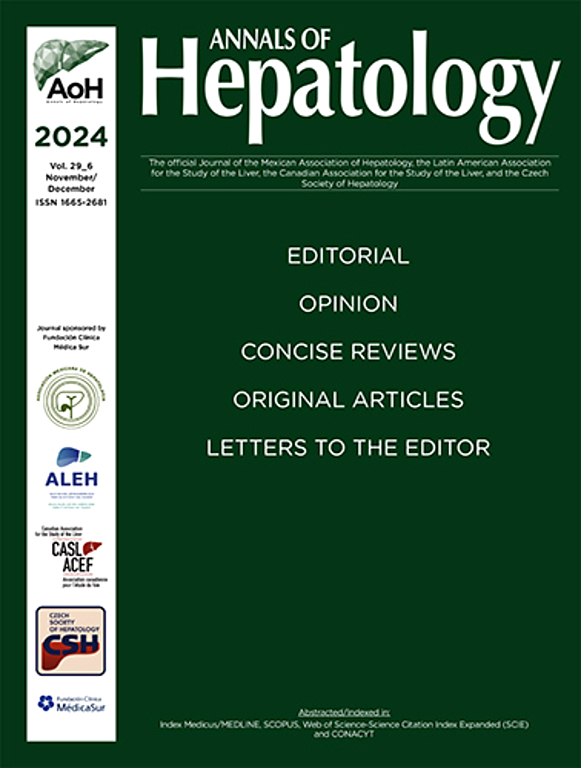O-12 DECIPHERING WILSON'S DISEASE IN COSTA RICA: AN INNOVATIVE GENETIC APPROACH
IF 3.7
3区 医学
Q2 GASTROENTEROLOGY & HEPATOLOGY
引用次数: 0
Abstract
Conflict of interest
No
Introduction and Objectives
In a recent article from the American Journal of Human Genetics, the genetic behavior of variants associated with Wilson's Disease (WD) is analyzed, alongside the worldwide discovery of the responsible gene. The variant c.3809A>G (p.Asn1270Ser) is highlighted, with a prevalence of 61% in Costa Rica, differing from that observed in Europe and the United States, and originally described in Sicily. The Genetics Center of the National Children's Hospital has been instrumental in identifying a specific genetic pattern among Costa Ricans with WD. Additionally, a novel worldwide variant in heterozygosity has been discovered in Nicaraguan patients, solidifying Costa Rica as a country with a high incidence of WD and significant contributions to the genetic study of the disease, which has documented over 1161 pathogenic variants. Objective: To analyze and describe the genetic spectrum of these variants in Costa Rica over the past two years, aiming to establish a comprehensive genetic map in a population with a high incidence of WD.
Patients / Materials and Methods
Molecular Sequencing (Sanger NGS) for molecular confirmation, as well as MLPA techniques and Copy Number Variations (CNVs) analysis.
Results and Discussion
During the period (2022-2023), 86 patients with WD variants were identified, including 19 homozygotes, 11 compound heterozygotes, and 56 carriers. There was a significant gender distribution, with a female predominance among homozygotes (58%) and male predominance among compound heterozygotes (64%). The ages of the patients varied widely, with an average age of 20 years for homozygotes and 21 years for compound heterozygotes. Multiple genetic variants were identified in genes such as ATP7B, including p.N1270S and others.
Conclusions
The importance of genetic research in understanding complex hereditary diseases like WD is underscored. The high prevalence of the c.3809A>G variant in Costa Rica highlights regional genetic diversity and the need to adapt diagnostic and treatment strategies to the specific genetic characteristics of each population.
求助全文
约1分钟内获得全文
求助全文
来源期刊

Annals of hepatology
医学-胃肠肝病学
CiteScore
7.90
自引率
2.60%
发文量
183
审稿时长
4-8 weeks
期刊介绍:
Annals of Hepatology publishes original research on the biology and diseases of the liver in both humans and experimental models. Contributions may be submitted as regular articles. The journal also publishes concise reviews of both basic and clinical topics.
 求助内容:
求助内容: 应助结果提醒方式:
应助结果提醒方式:


